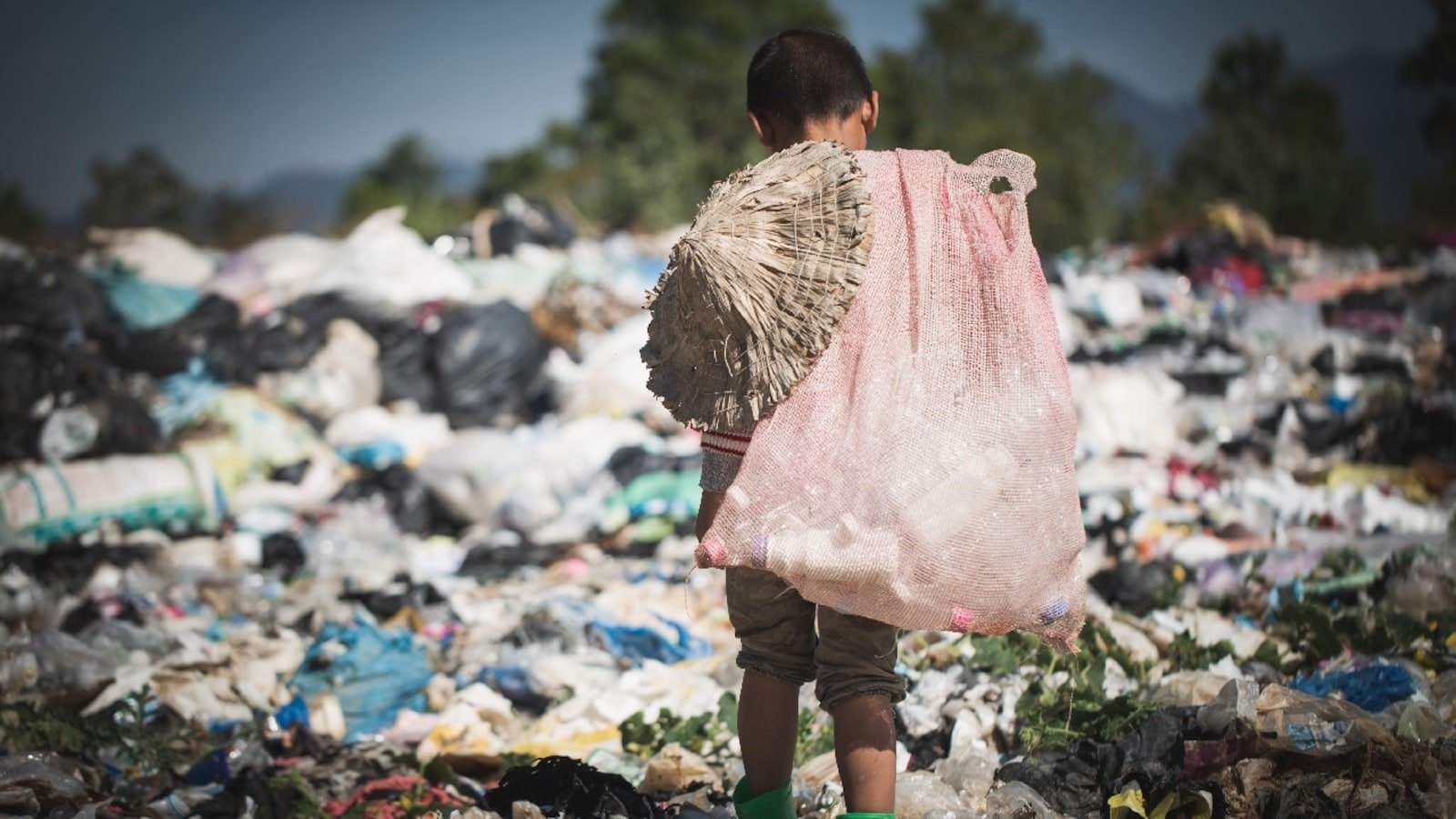India has drastically reduced its extreme poverty levels over the past decade according to the latest World Bank data. According to the report, the proportion of Indians living in extreme poverty fell from 27.1% in 2011-12 to just 5.3% in 2022-23.
This translates to a significant reduction in the number of people living in extreme poverty from 344.47 million in 2011-12 to 75.24 million in 2022-23. Overall, approximately 269 million individuals have risen above the extreme poverty line in this 11-year span under Prime Minister Narendra Modi.
Five major states, Uttar Pradesh, Maharashtra, Bihar, West Bengal, and Madhya Pradesh have played a critical role in this turnaround. These states accounting for 65% of the country’s extreme poor in 2011-12, were responsible for nearly two-thirds of the national decline in poverty by 2022-23.
World Bank Assessment
The World Bank’s assessment uses the updated international poverty threshold of $3.00 per day (adjusted to 2021 prices).
At this level, poverty has declined across both rural and urban India. Under the earlier poverty line of $2.15 per day (2017 prices), the share of Indians in extreme poverty has dropped sharply to 2.3% in 2022—down from 16.2% in 2011-12. This means the number of people below the $2.15 threshold fell from 205.93 million to 33.66 million.
The report also shows balanced progress in both rural and urban areas. Rural extreme poverty declined from 18.4% to 2.8%, while urban poverty dropped from 10.7% to just 1.1% over the same period.
In addition to monetary poverty, India has made major strides in tackling multidimensional poverty—an approach that includes education, health, and living standards. The country’s Multidimensional Poverty Index (MPI) saw a steep decline from 53.8% in 2005-06 to 16.4% in 2019-21, and further down to 15.5% by 2022-23.
Indian PM Modi has emphasized the government’s commitment to inclusive growth and social upliftment. Flagship initiatives such as PM Awas Yojana, Ujjwala Yojana, Jan Dhan Yojana, and Ayushman Bharat have expanded access to housing, clean cooking fuel, financial services, and healthcare.
Key reforms like Direct Benefit Transfers (DBT), digital governance, and infrastructure development have also ensured efficient delivery of welfare programs, especially to rural and underprivileged communities. These measures have helped lift more than 250 million Indians out of poverty, according to government estimates.
India’s progress over the past decade is seen as a model for inclusive development and poverty reduction on a global scale.

